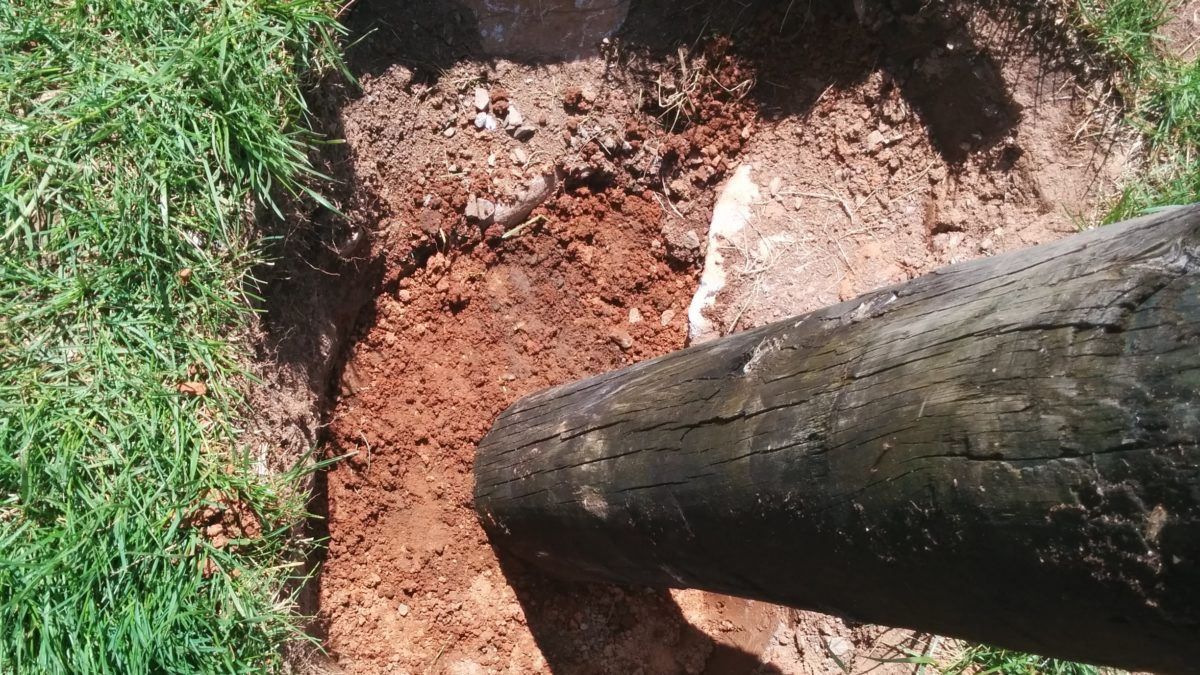

Articles
How To Install Fence Post Without Concrete
Modified: October 20, 2024
Learn the best way to install fence posts without using concrete. Our informative article provides step-by-step instructions and alternative methods for secure and durable fence post installation.
(Many of the links in this article redirect to a specific reviewed product. Your purchase of these products through affiliate links helps to generate commission for Storables.com, at no extra cost. Learn more)
Introduction
Building a fence around your property is a great way to enhance the security, privacy, and aesthetic appeal of your home. However, the traditional method of installing fence posts with concrete can be time-consuming, messy, and often requires specialized tools. Fortunately, there is an alternative method that allows you to install fence posts without the use of concrete.
Installing fence posts without concrete offers several benefits, including easier installation, flexibility, and reduced environmental impact. Not only does it save you time and effort, but it also gives you the flexibility to adjust your fence layout or make changes in the future. Additionally, using alternative materials for the installation process can minimize the use of concrete, which is known to have a negative environmental impact due to its carbon footprint and non-recyclable nature.
In this article, we will guide you through the process of installing fence posts without concrete. We will discuss the materials needed, step-by-step instructions, and offer some additional tips for a successful installation. Whether you are a seasoned DIY enthusiast or a beginner looking to tackle your first home improvement project, we’ve got you covered.
Key Takeaways:
- Installing fence posts without concrete offers easier installation, flexibility, cost savings, and reduced environmental impact. It’s a practical and environmentally-friendly alternative that enhances security and visual appeal.
- By choosing the right type of fence post, preparing the ground meticulously, and securing the fence posts properly, you can successfully install a sturdy and durable fence without concrete. Enjoy the benefits of a beautiful and functional fence with peace of mind for years to come.
Read more: How To Set Fence Post On Concrete
Benefits of Installing Fence Posts without Concrete
Installing fence posts without concrete offers numerous advantages that make it an attractive option for homeowners. Here are some of the key benefits:
- Easier Installation: One of the major advantages of installing fence posts without concrete is the ease of installation. Unlike traditional methods, which involve mixing and pouring concrete, this method eliminates the need for heavy machinery and specialized tools. With a few basic tools and materials, you can complete the installation process in no time.
- Flexibility: When you install fence posts without concrete, you gain the flexibility to make adjustments or changes to your fence layout in the future. Whether you decide to expand your fence, relocate it, or add a new section, it is much easier to modify or remove fence posts that are not embedded in concrete. This flexibility is especially useful if you have evolving landscaping needs or if you’re unsure about the final design of your fence.
- Cost-Effective: Installing fence posts without concrete can also save you money. Concrete is an expensive material, and using it for every fence post can quickly add up the cost. On the other hand, alternative methods such as using post anchors or ground screws are more cost-effective. These materials are generally more affordable and readily available.
- Reduced Environmental Impact: Concrete production contributes to carbon emissions and can have a negative impact on the environment. By opting for alternative materials to secure your fence posts, you can reduce the amount of concrete used. This helps to minimize your carbon footprint and promotes sustainability.
- Time-Saving: Installing fence posts without concrete can significantly reduce the overall time required for the installation process. Without the need to mix and pour concrete, you can complete the project more efficiently. This is particularly beneficial if you have a large area to fence or if you’re working on a tight schedule.
By considering these benefits, you can make an informed decision when it comes to installing fence posts without concrete. The method offers convenience, flexibility, cost savings, and environmental advantages, making it an attractive option for homeowners who are looking to enhance their property with a durable and long-lasting fence.
Materials Needed for Installing Fence Posts without Concrete
Before you begin the process of installing fence posts without concrete, it’s important to gather all the necessary materials. Here’s a list of what you will need:
- Fence Posts: Choose the appropriate type and size of fence posts for your project. They should be sturdy enough to support the fence panels or boards. Common materials for fence posts include wood, metal, and vinyl.
- Post Anchors or Ground Screws: These are alternative methods to secure the fence posts in the ground without concrete. Post anchors are metal brackets that you attach to the bottom of the fence post, while ground screws are spiral-shaped metal rods that you drive into the ground. Both options provide stability and support for the fence posts.
- Handheld Auger or Post Hole Digger: You will need a tool to dig holes for the fence posts. A handheld auger or a post hole digger can help you remove soil and create holes of the appropriate depth and diameter.
- Level and Measuring Tape: These tools are essential for ensuring that your fence posts are installed evenly and at the correct height. Use a level to check the vertical alignment of each post, and a measuring tape to ensure consistent spacing between posts.
- Fasteners: Depending on the type of fence posts and panels you are using, you may need screws, nails, or other fasteners to secure the fence elements together.
- Backfill Material: To fill the holes around the fence posts, you will need backfill material. This can include soil, gravel, or a combination of both. The backfill material should be compacted around the posts to provide additional stability.
- Leveling and Compacting Tools: Tools such as a tamper or a hand compactor can help you level the ground and compact the backfill material around the fence posts for added stability.
- Protective Gear: Don’t forget to wear appropriate safety gear, such as gloves and safety glasses, to protect yourself during the installation process.
By gathering these materials before you start, you can ensure a smooth and efficient installation process. Having everything you need readily available will save you time and prevent any unnecessary delays during the installation of your fence posts.
Step 1: Choosing the Right Type of Fence Post
The first step in installing fence posts without concrete is to choose the right type of posts for your project. The type of fence post you select will depend on your specific needs, budget, and the type of fencing material you plan to use. Here are some factors to consider when choosing the right type of fence post:
- Material: Fence posts can be made from a variety of materials, including wood, metal, vinyl, or composite materials. Each material has its own advantages and considerations. Wood posts are a popular choice for their natural appearance and affordability, while metal posts are known for their durability and strength. Vinyl and composite posts are low-maintenance options that offer resistance to rot and insect damage.
- Height and Thickness: Consider the height and thickness of your fence when selecting the posts. Taller fences or those with heavier materials, such as stone or brick, may require thicker and sturdier posts to provide adequate support and stability.
- Style: The style of your fence can also impact the type of posts you choose. Different fence styles, such as picket, privacy, or decorative, may require specific post designs to achieve the desired aesthetic appeal. Take into account any decorative elements or features you want to incorporate into your fence design.
- Local Regulations: Before making your final decision, check with your local building codes and regulations. Some areas may have specific requirements regarding the materials, heights, or types of fence posts that are allowed. Compliance with these regulations is essential to avoid any issues or penalties.
Once you have determined the type of fence posts that best suit your needs, purchase the necessary quantity to complete your project. It’s always a good idea to buy a few extra posts in case of any unforeseen circumstances or future repairs. By choosing the right type of fence post, you set yourself up for a successful and durable fence installation.
Step 2: Preparing the Ground for Installation
Before installing the fence posts, it’s important to properly prepare the ground to ensure a stable and long-lasting fence. Here are the steps to follow when preparing the ground for fence post installation:
- Mark the Fence Layout: Use stakes and string to mark the layout of your fence. This will provide a clear guide for where the fence posts will be situated.
- Check for Obstructions: Inspect the ground for any underground utilities, such as water pipes or electrical lines. It’s crucial to avoid digging in these areas to prevent damage and potential danger. Contact your local utility companies to have them mark any underground lines if necessary.
- Clear the Area: Remove any vegetation, debris, or rocks from the marked area. Clearing the area will make it easier to dig the holes for the fence posts.
- Measure and Mark Hole Locations: Measure and mark the locations for the fence post holes based on your desired spacing. Use a measuring tape and a marking spray or chalk to accurately mark where each hole should be dug.
- Dig the Holes: Using a handheld auger or post hole digger, dig holes for the fence posts. The depth and diameter of the holes will depend on the type of fence posts and the recommendations provided by the manufacturer. Typically, the holes should be at least one-third of the total length of the fence post underground for stability.
- Level the Holes: Use a level to ensure that the holes are dug evenly and have a level bottom. This will help maintain the stability and alignment of the fence posts.
By properly preparing the ground, you create a solid foundation for your fence posts. Clearing the area and measuring the hole locations accurately will help you achieve a straight and symmetrical fence. Additionally, checking for obstructions and ensuring the holes are level will prevent any future issues or complications during the installation process. Take your time during this step to ensure the best results for your fence project.
When installing fence posts without concrete, make sure to dig the hole at least 1/3 the length of the post and use gravel or crushed stone as a base for drainage and stability. Tamp the gravel down firmly before setting the post.
Read more: What Concrete To Use For Fence Posts
Step 3: Installing the Fence Post Anchors
Once the ground is prepared, it’s time to install the fence post anchors. These anchors provide stability and support for the fence posts without the need for concrete. Follow these steps to install the fence post anchors:
- Insert the Anchors: Place the fence post anchors into the holes you’ve dug. Make sure they are centered and level. The number of anchors you will need depends on the length of your fence and the spacing between posts. Refer to the manufacturer’s instructions for the recommended spacing and placement of the anchors.
- Secure the Anchors: Attach the fence post anchors to the bottom of the fence posts. This can be done using screws, bolts, or other fasteners provided with the anchors. Ensure that the connection is secure and tight to prevent any wobbling or movement of the fence posts.
- Check Alignment: Use a level to check the vertical alignment of each fence post. Adjust as necessary to ensure that the posts are straight and level. This is crucial for the overall stability and appearance of your fence.
By installing the fence post anchors correctly, you provide a solid foundation for your fence posts. The anchors securely hold the posts in place and prevent them from shifting or leaning over time. Checking the alignment at this stage will help you avoid any issues later on in the installation process. With the anchors in place, you’re ready to move on to the next step of securing the fence posts to the anchors.
Step 4: Securing the Fence Post to the Anchor
After successfully installing the fence post anchors, the next step is to secure the fence posts to the anchors. This step ensures that the posts remain stable and upright. Follow these steps to secure the fence post to the anchor:
- Place the Fence Post: Carefully lower the fence post into the anchor. Make sure it sits snugly and securely in the anchor.
- Align the Post: Check the alignment of the fence post to ensure it is straight and level. Use a level to make any necessary adjustments. Proper alignment is essential for the overall stability and appearance of the fence.
- Secure the Post: Fasten the fence post to the anchor using the appropriate hardware provided with the anchor. This can be screws, bolts, or other connectors. Ensure that the connection is tight and secure, preventing any movement or wobbling of the fence post.
By securely fastening the fence post to the anchor, you ensure that the post remains stable and upright. This step is crucial for the long-term durability and functionality of your fence. Double-check the alignment to avoid any issues later on. With the fence post securely attached to the anchor, you’re one step closer to completing your fence installation.
Step 5: Finishing Touches and Additional Support
Once the fence posts are securely attached to the anchors, it’s time to add the finishing touches to your fence installation. Follow these steps to complete the project and ensure the stability and longevity of your fence:
- Backfill the Holes: Fill the holes around the fence posts with the appropriate backfill material, such as soil or gravel. Compact the backfill material gently but firmly to provide additional support and stability for the fence posts.
- Level the Fence: Use a level to check the horizontal alignment of the fence. Adjust the height or position of the fence posts if needed to ensure a straight and level fence.
- Add Additional Support: Depending on the height and length of your fence, you may want to consider adding additional support to prevent any sagging or wobbling. This can be done by installing cross braces or tension wires between the fence posts. These additional supports will provide extra stability and ensure the longevity of your fence.
- Attach the Fence Panels or Boards: Install the fence panels or boards according to the manufacturer’s instructions. Secure them to the fence posts using appropriate fasteners, such as screws or nails. Ensure that the fence panels are evenly spaced and level for a professional and cohesive look.
- Inspect and Maintain: Lastly, take the time to inspect your fence installation and make any necessary adjustments or repairs. Regular maintenance, such as cleaning, staining, or sealing, will help prolong the life of your fence and keep it looking its best.
By completing these final steps, you add the necessary finishing touches to your fence installation. Backfilling the holes, leveling the fence, and adding additional support will enhance the stability and longevity of your fence. Properly attaching the fence panels or boards and conducting regular maintenance will ensure that your fence remains in optimal condition for years to come.
Congratulations! You have successfully installed fence posts without concrete. Enjoy the security, privacy, and aesthetic appeal that your new fence brings to your property.
Conclusion
Installing fence posts without concrete offers a practical and environmentally-friendly alternative to the traditional method. By following the step-by-step guide outlined in this article, you can successfully install a sturdy and durable fence that enhances the security and visual appeal of your property.
The benefits of installing fence posts without concrete are numerous. Not only does it save you time and effort, but it also provides flexibility for future modifications or changes to your fence layout. Additionally, using alternative materials for the installation process can reduce the environmental impact associated with concrete production.
To install fence posts without concrete, you need to choose the right type of fence post, prepare the ground meticulously, install the fence post anchors securely, and attach the fence posts. Taking the time to ensure proper alignment and stability during each step will contribute to the overall success and longevity of your fence.
Remember to add finishing touches, such as backfilling the holes, leveling the fence, and considering additional support if needed. Regular maintenance and inspection of your fence will help extend its lifespan and keep it looking beautiful.
Whether you’re a DIY enthusiast or tackling your first home improvement project, installing fence posts without concrete is a manageable and rewarding task. Not only will it enhance your property’s security and privacy, but it will also add aesthetic appeal and value.
So, go ahead and transform your outdoor space with a beautiful and functional fence, knowing that you’ve chosen an installation method that is efficient, flexible, and environmentally conscious. Enjoy the benefits of your newly installed fence and the peace of mind it brings.
Remember, if you ever need to make changes or repairs in the future, the flexibility provided by installing fence posts without concrete will make the process much easier. Enjoy your new fence and the many years of use it will provide!
Frequently Asked Questions about How To Install Fence Post Without Concrete
Was this page helpful?
At Storables.com, we guarantee accurate and reliable information. Our content, validated by Expert Board Contributors, is crafted following stringent Editorial Policies. We're committed to providing you with well-researched, expert-backed insights for all your informational needs.
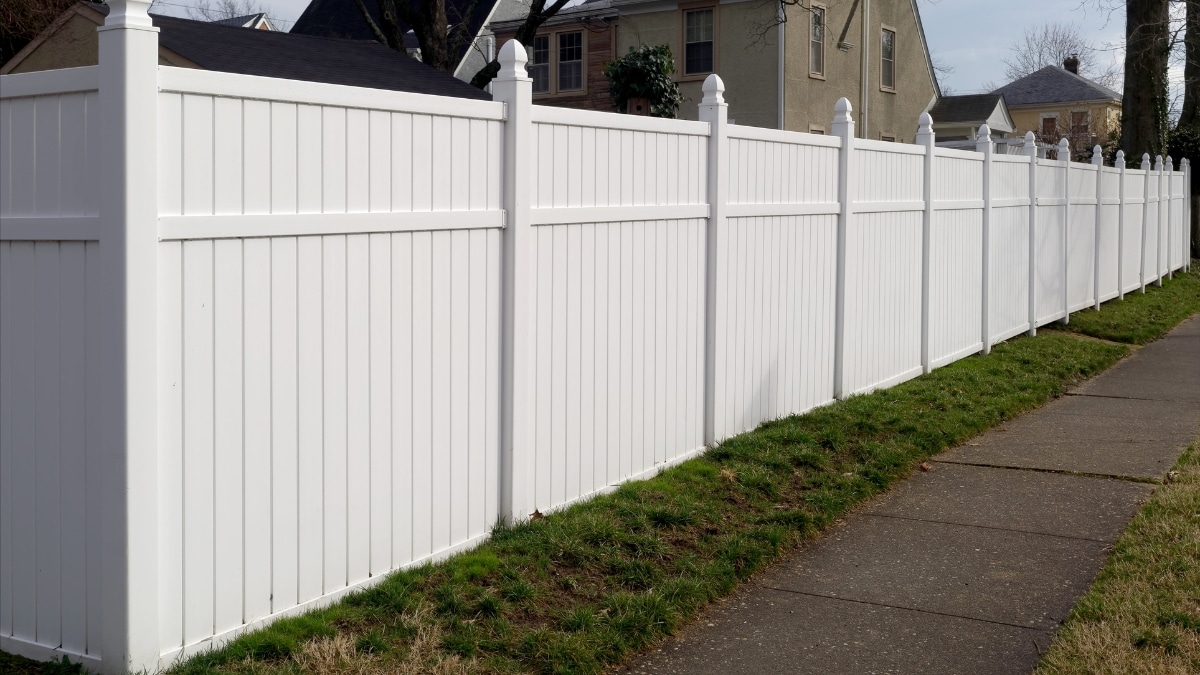
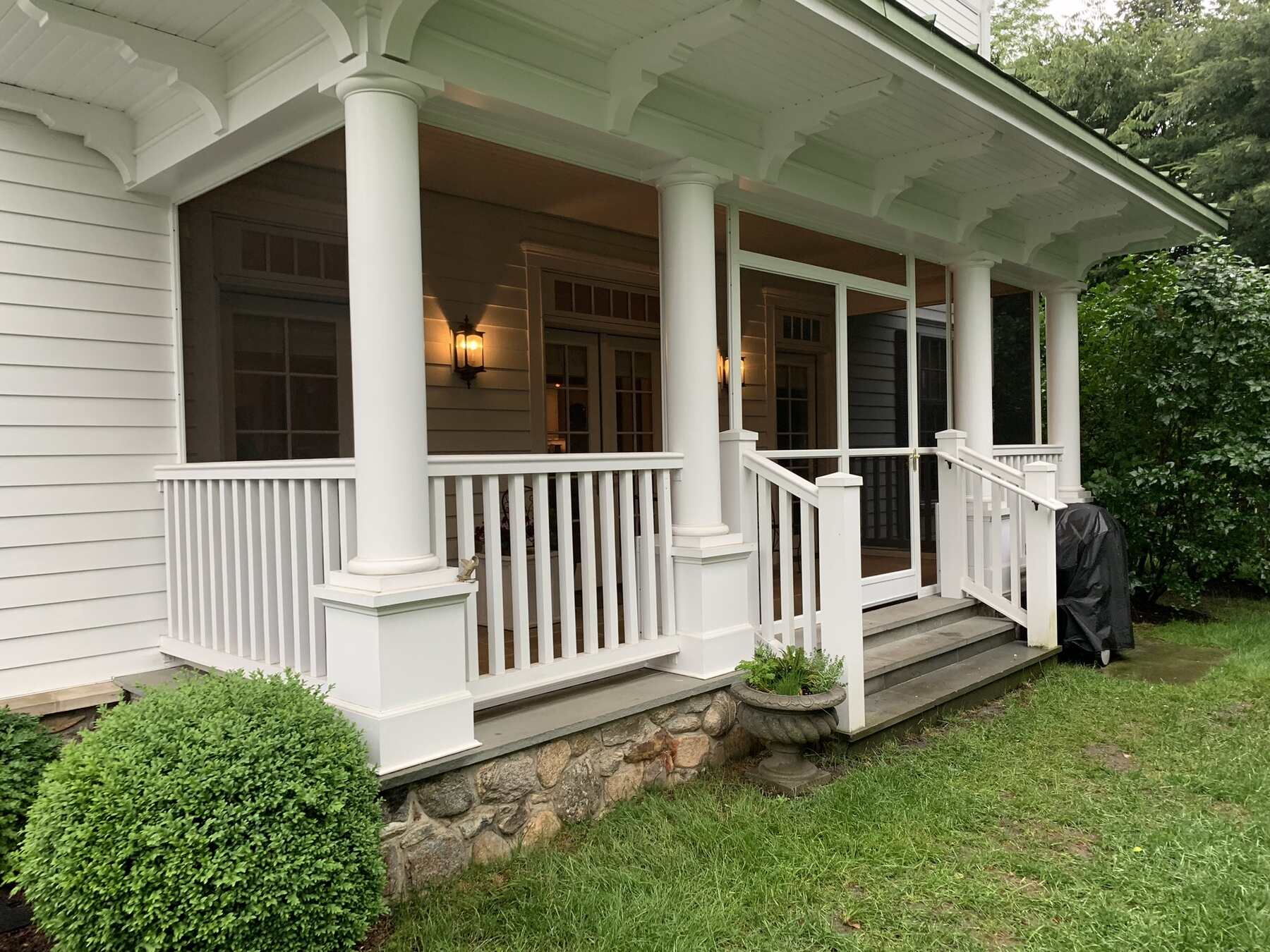
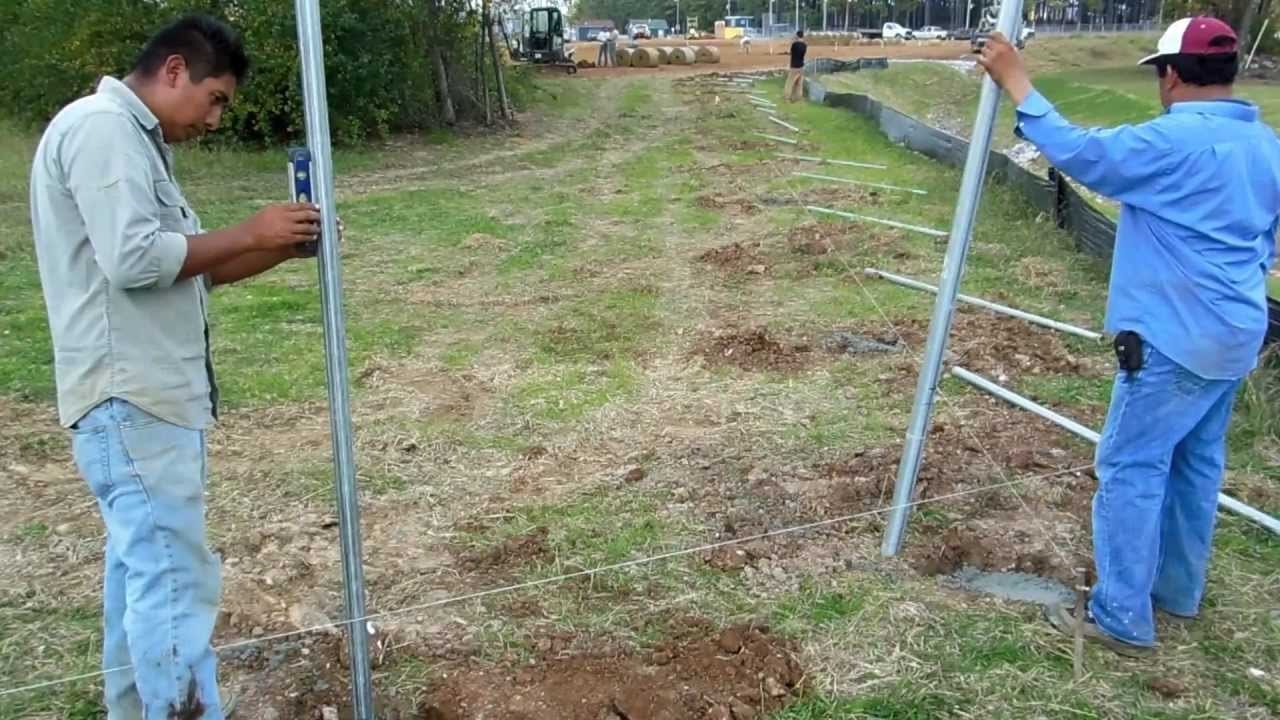
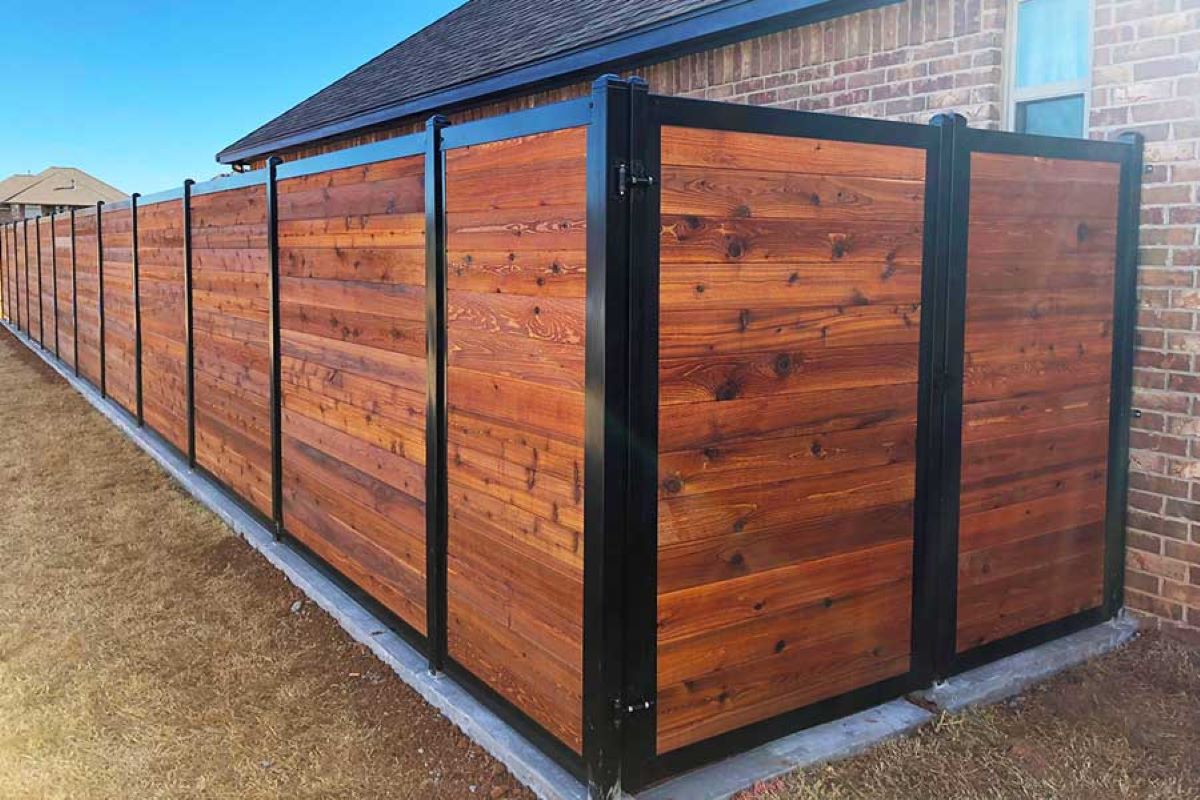
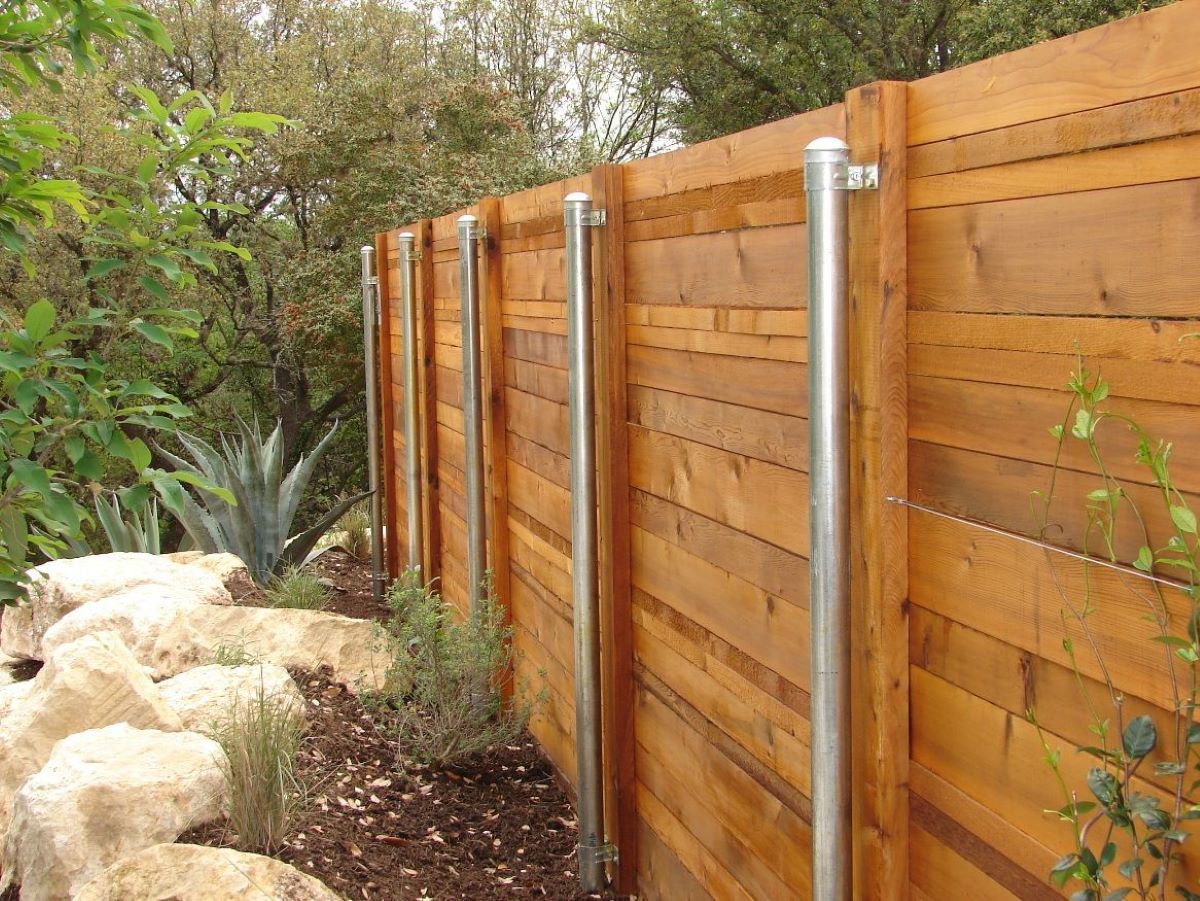
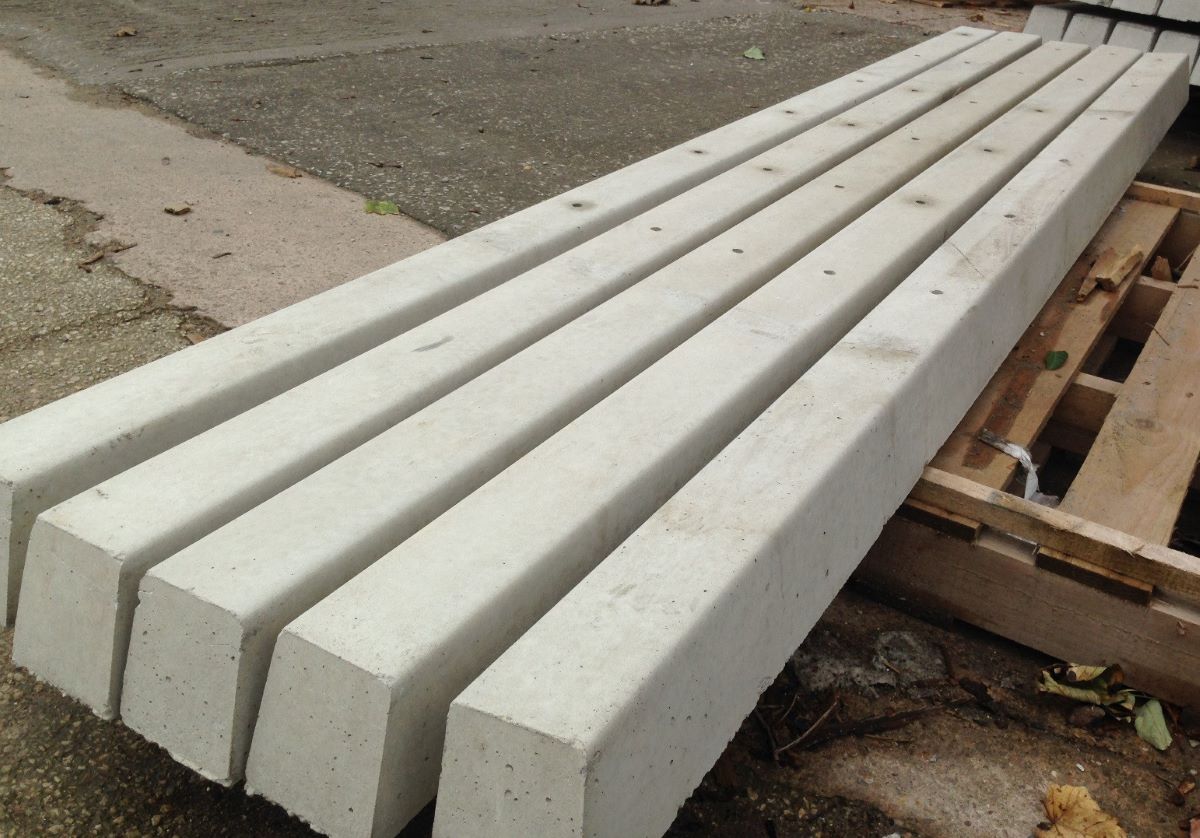
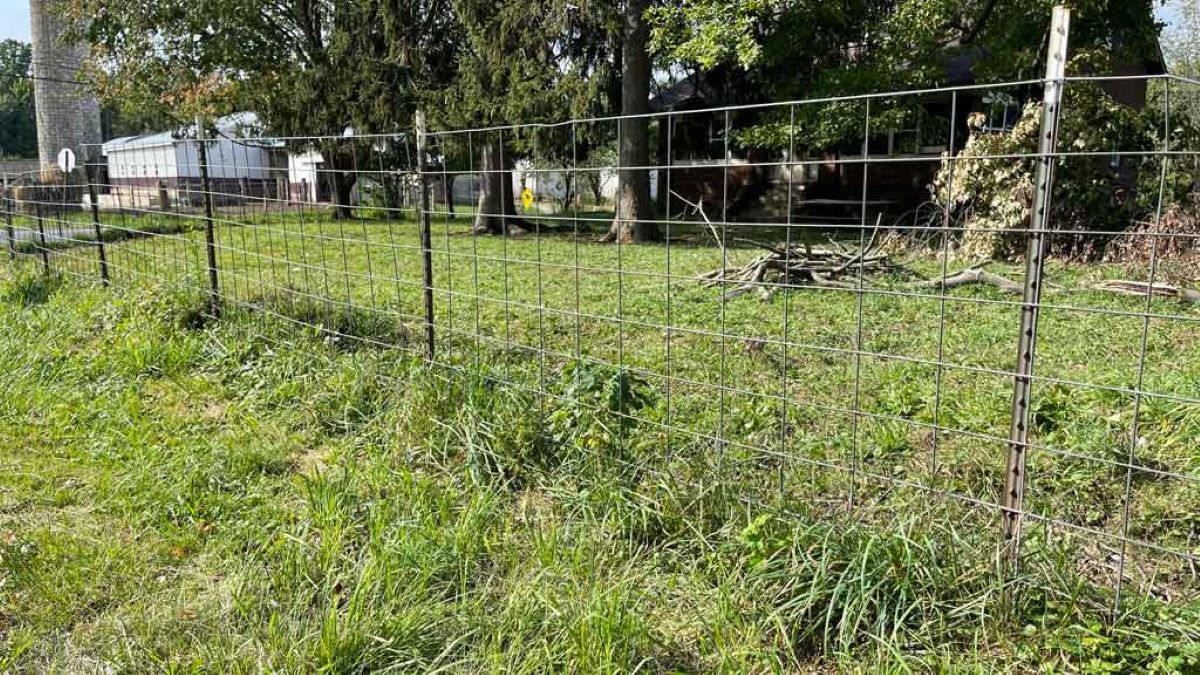
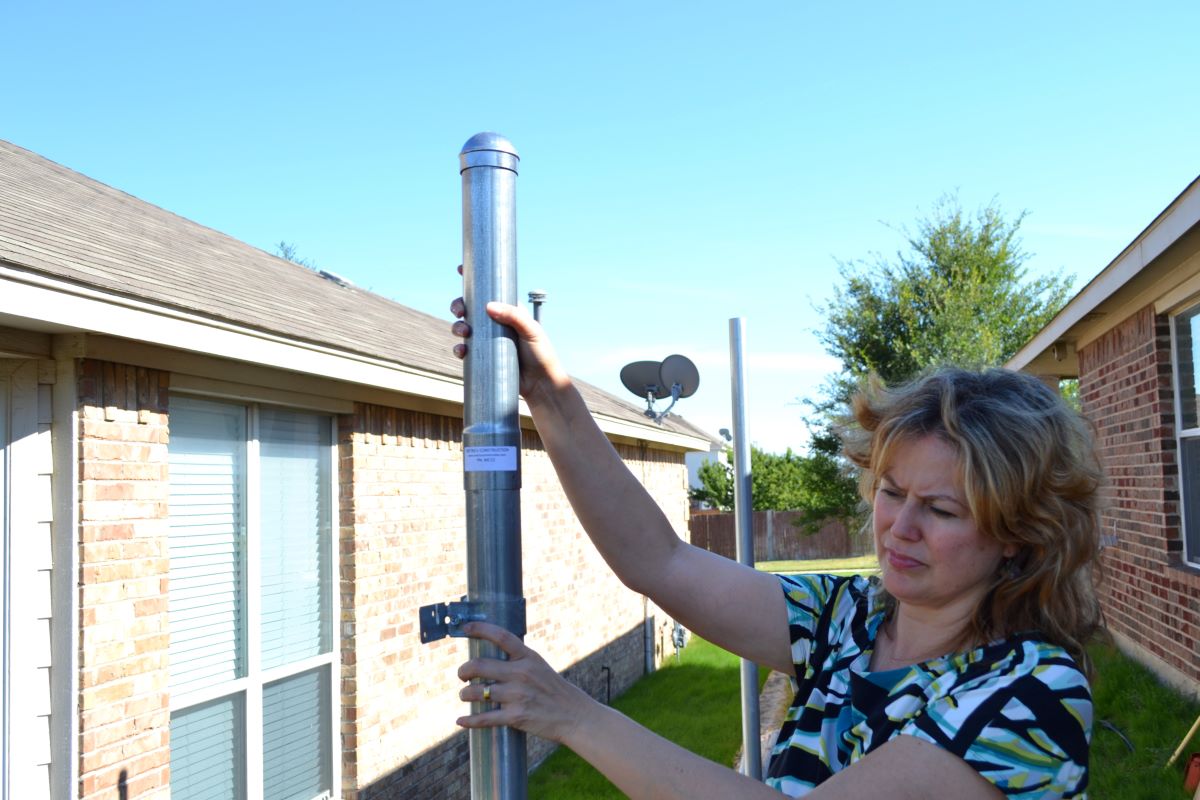
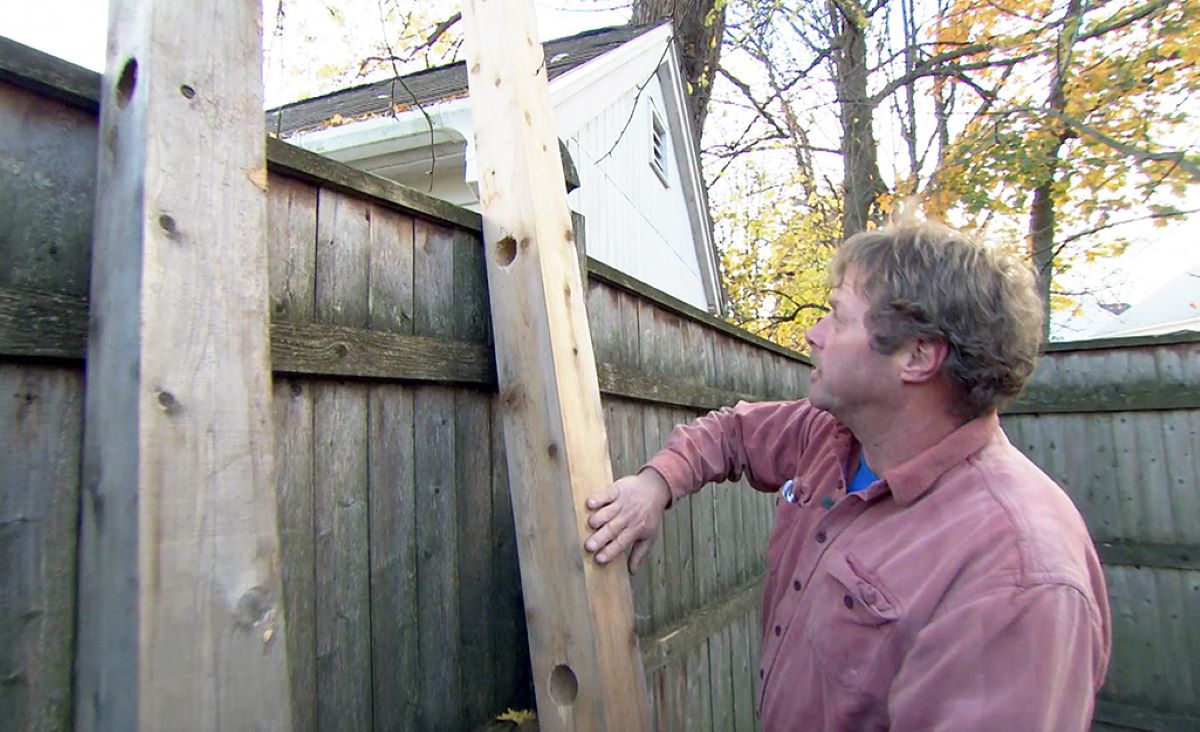
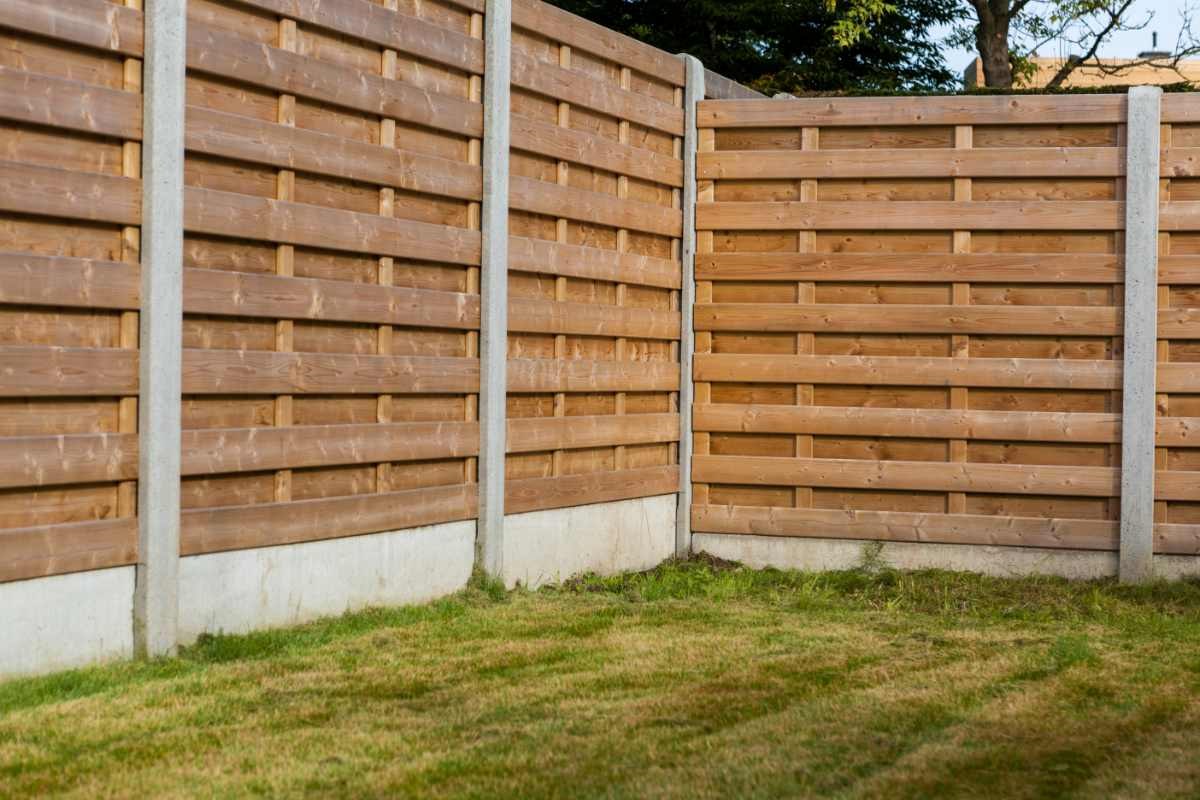
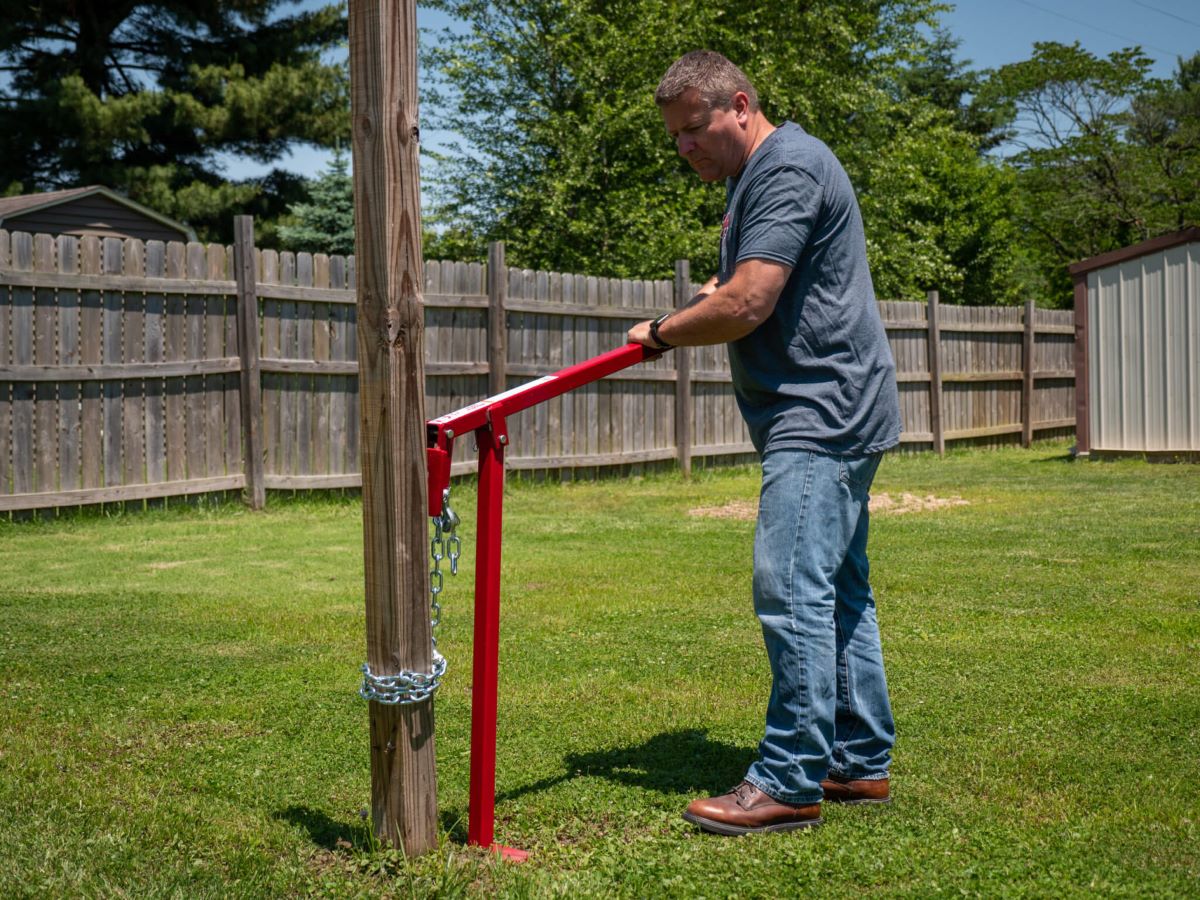
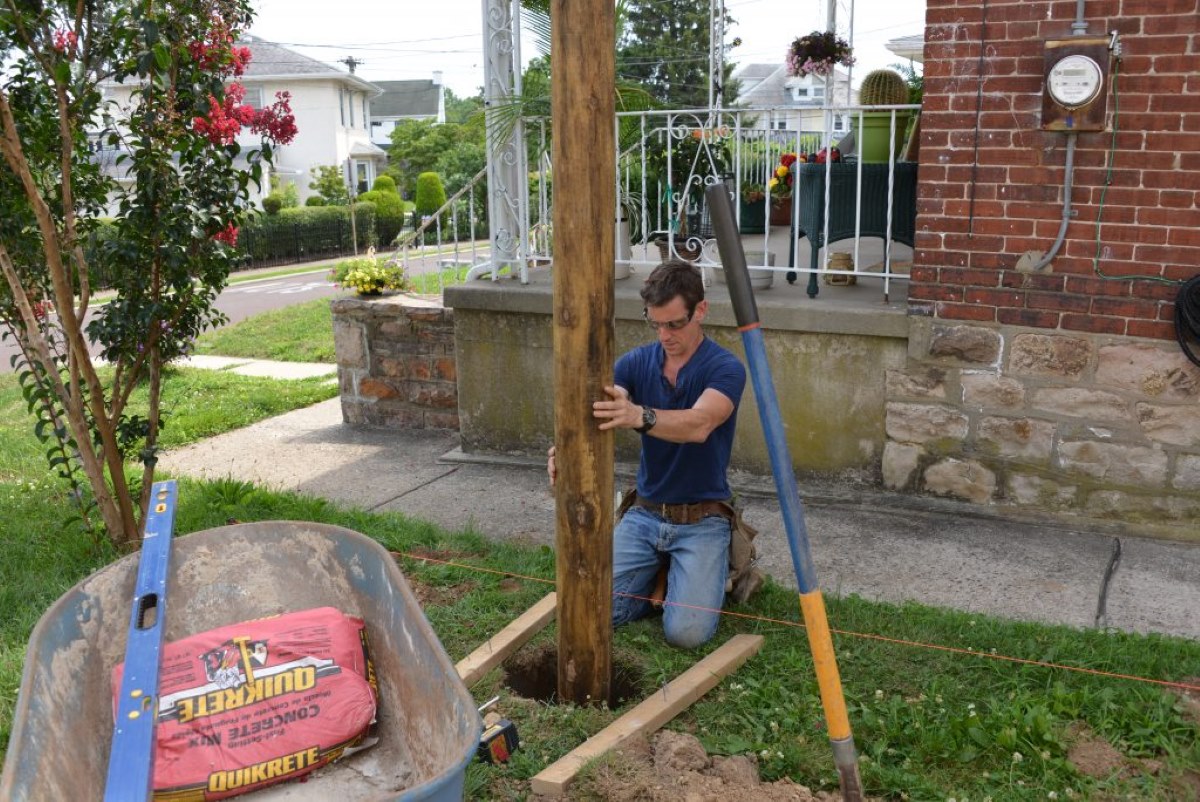
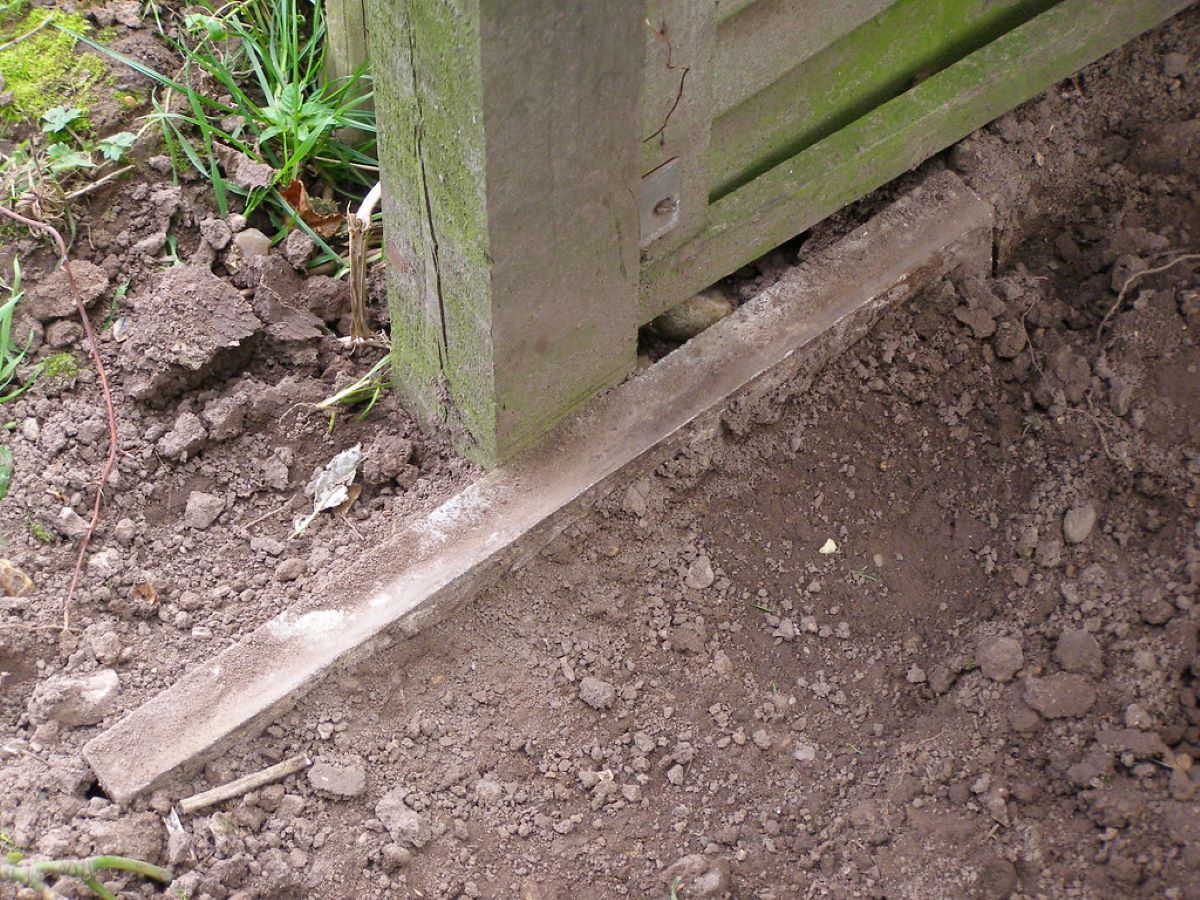
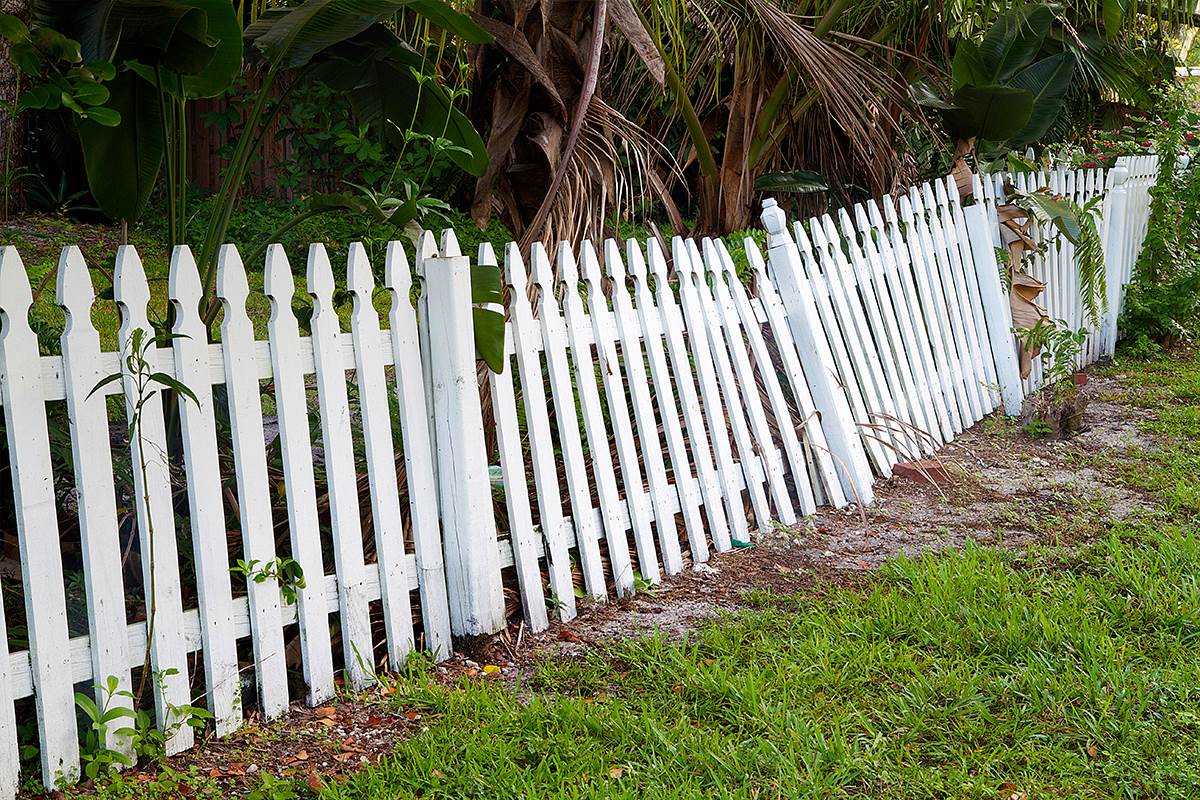

0 thoughts on “How To Install Fence Post Without Concrete”